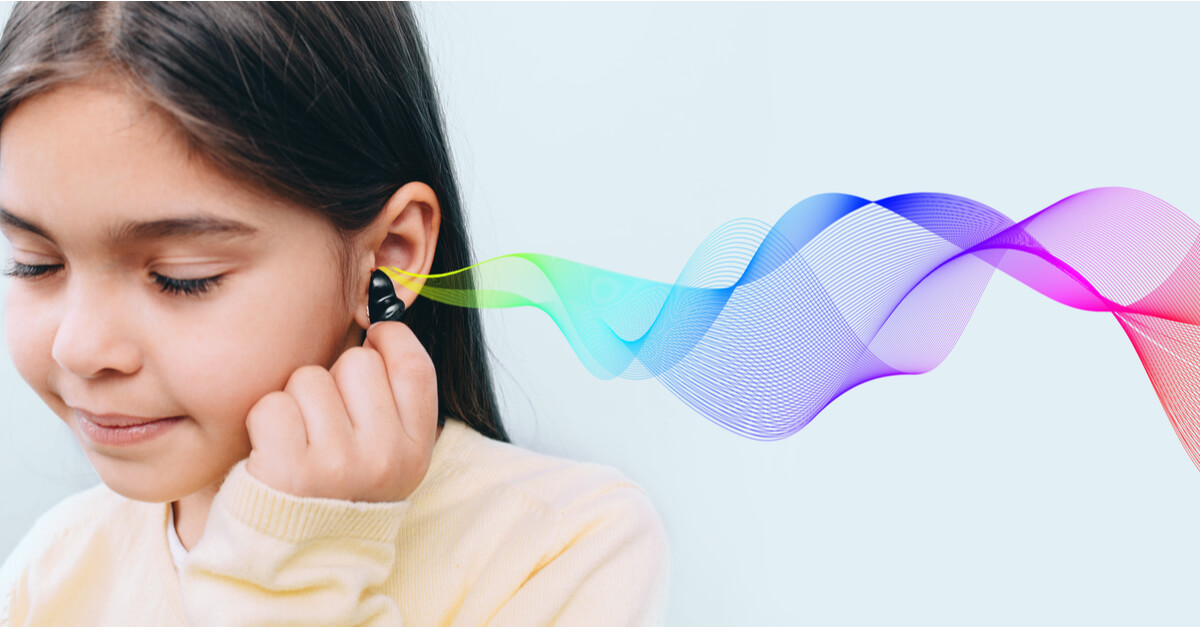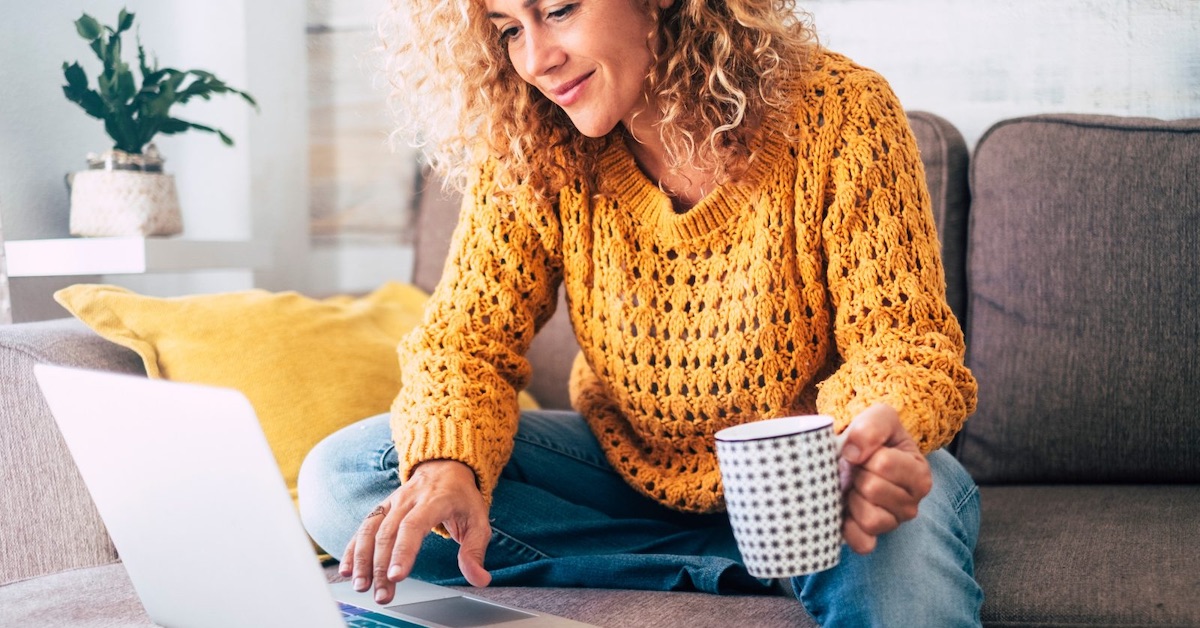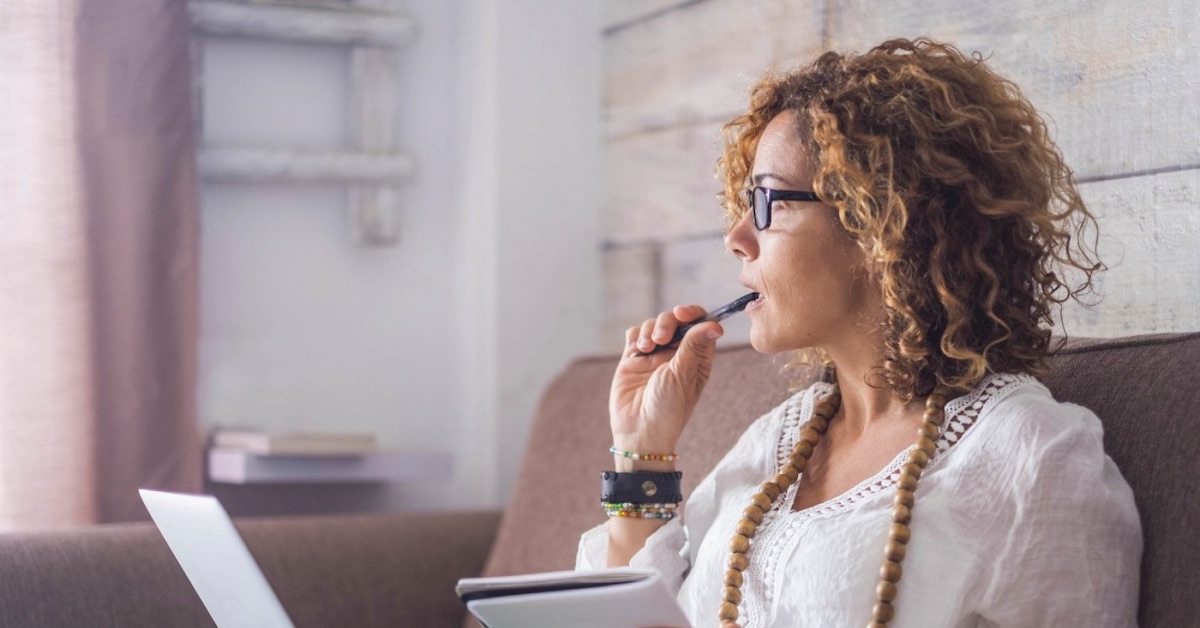Invisible Disability and Self Advocacy

Kate Panepinto, Provider Support Specialist
December 2, 2020
I was born with 100% hearing loss in my left ear and 20% hearing loss in my right ear. I could hear, just not as well as other people, and not in loud, crowded environments. Growing up, my family didn’t use the word “deaf” or even the phrase “hard of hearing.” Despite being evaluated by various doctors over the years, and having routine Ears, Nose, and Throat (ENT) appointments, my hearing was something that was only addressed at those appointments. It was a part of me just as much as my brown hair or narrow feet, but not something that needed any special or different accommodations. In elementary school, my mom would write notes to my teachers telling them that I needed to sit in the front row so I could hear better, but aside from that, it was on me to let someone know if I couldn’t hear them. My parents wanted me to believe that I could do anything I wanted to do, and that my inability to hear well wouldn’t hold me back.
As a child, I was not great at advocating for myself. I was naturally shy and rather intimidated by telling others, especially authority figures, that I needed something from them. In school, I figured out that my textbooks contained the same information that my teachers were saying, and I often read far ahead to keep myself occupied in class. I was very imaginative, and created rich fantasy worlds and stories for myself. Through high school, I had notebooks filled with stories and poems lining my shelves. Growing up, I never told my friends that I had hearing loss, and instead became quite skilled at reading lips. It wasn’t until we all began wearing masks during this pandemic that I realized how much I still relied on lip reading!
Learning to successfully advocate for myself took many years. I was well into adulthood by the time I realized people in my life were willing to modify their actions to help me hear them better. Friends were happy to walk or sit on my right hand side, and many of my running buddies became experts at pulling me out of the way of cyclists coming up behind me. Advances in technology also helped. I was in grad school when I got my first hearing aid, a very uncomfortable piece of plastic worn on a band around my head. Since the hearing loss in my left ear is due to bone fusion rather than nerve damage, I can’t use a hearing aid in that ear. A very creative audiologist helped me realize that I can use a hearing aid in my right ear to help amplify sound around me. I’ve gone through several variations of this type of aid, and my ability to hear improves with each upgraded hearing aid. The hearing aid I wear now can be adjusted from an app on my phone, and has different settings for different environments. Working remotely is also really beneficial for me. I can increase the volume on my speakers or earphones as high as I’d like. There’s not a constant hum of background noise like in most offices, something that gets picked up and sometimes amplified by even the best hearing aids.
I still don’t talk much about my hearing loss. It’s just another part of my physicality, like my strong legs and long arms. Last week, I pulled up for a drive-through appointment. I was instructed to keep my car window up, while someone standing outside the car gave me instructions. I said back, “I can’t hear you, I’m hearing impaired.” He raised his voice enough that I could hear him, like my request was no big deal.
Learning to advocate for myself was hard, and scary. Having an invisible disability puts me completely in the driver’s seat with regards to having others take notice. But the more outspoken those of us with invisible disabilities are, the more we reduce stigma around all invisible disabilities.
Mental health providers, and those of us who work in the mental health field, play a large role in creating safe and accommodating environments for individuals with hearing loss and other invisible disabilities. Awareness of invisible disabilities, and taking the first step to initiate a conversation about them, are powerful tools that go a long way in helping people feel comfortable in a therapeutic environment and get the mental health care that they nee
Explore more

Quality Mental Health Care, Wherever You Are
At Quartet, we know that mental health care isn’t one size fits all.

Take Your Own Advice: A Note to Therapists on Self Care During COVID‑19
COVID-19 added a layer of complexity for mental healthcare workers, who may be experiencing their own stressors and anxieties related to the crisis.

Fighting Two Pandemics: Supporting Domestic Violence Survivors and Their Mental Health Needs During COVID‑19
For some, following the stay-at-home orders for one pandemic may render them vulnerable to another: domestic violence.



